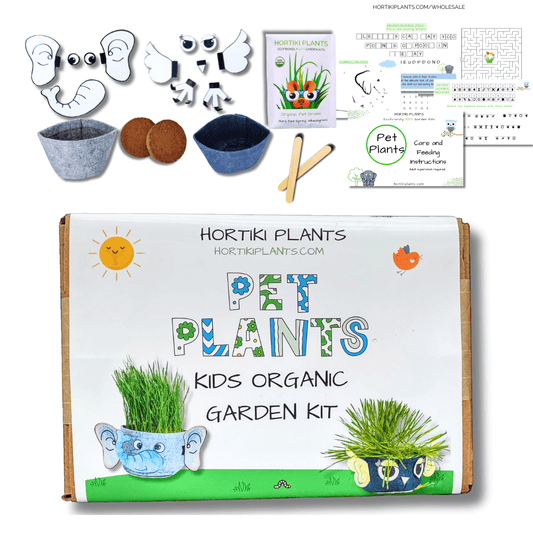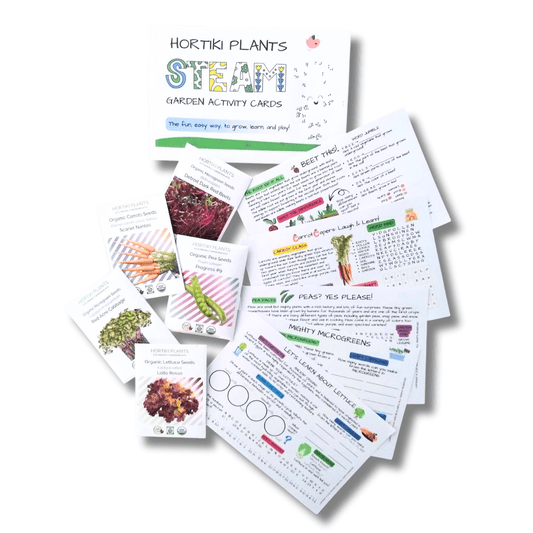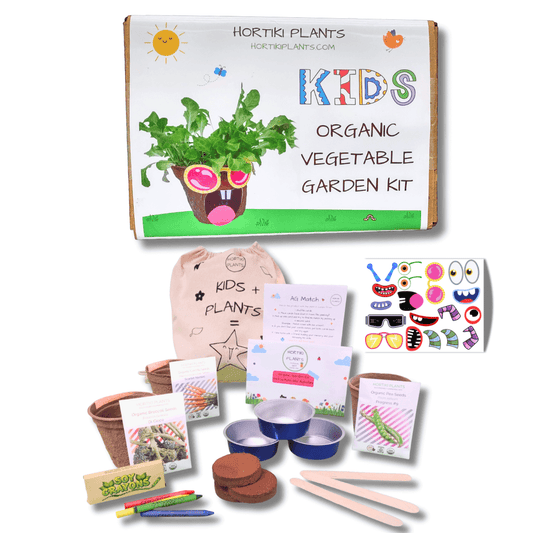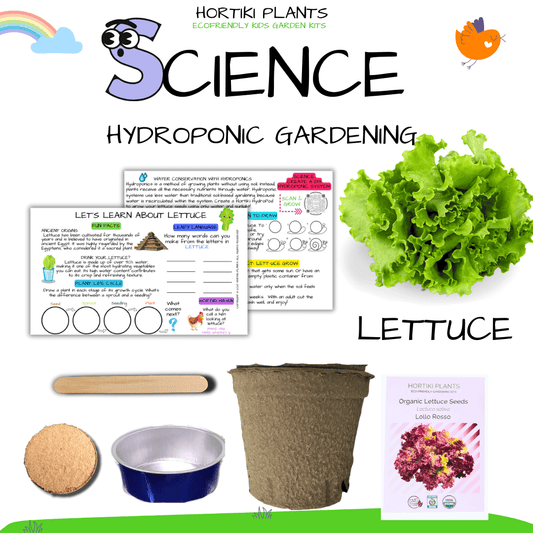Play Connects. Play Heals. Play Builds: What We Mean by Transformation through Play

What if a highly effective strategy for community safety, mental health, and interrupting cycles of systemic harm wasn't a rigid program or a policy mandate—but infrastructure that fosters connection and joy?
Not traditional infrastructure. Something far simpler and more powerful: the tools of play. Green space. Color. Art. Music. Community connection. Places designed for joy.
Understanding the Propagating Play™ 4P System
The Propagating Play™ 4P System is built on a foundational truth: nature and play are not luxuries. They are essential components that foster joy, resilience, and systemic change—at every stage of life and across every community.
The system has four integrated pillars:
Fuel - Nourishing body and spirit through nature and outdoor engagement. Creating the foundation of health and vitality that allows everything else to flourish.
Learn - Developing knowledge, skills, and understanding through play and nature-based exploration. Building curiosity and critical thinking through hands-on discovery.
Rewild - Reconnecting with nature and natural processes. Allowing ourselves and our communities to rediscover our place within the living world through outdoor play and ecological engagement.
Transform - Using play as a catalyst for personal and community change. Cultivating lasting joy, resilience, and social healing through intentional investment in the tools of play—green space, art, color, music, and connection.

In this article, we will share how Play Works! to transform communities through art, nature, and music. These tools of play can help people connect, strengthen social bonds, and help entire communities transform into safer, more vibrant places.
The Healing Begins at the Individual Level: Nature, Color, Art, and Music
Let's start with what happens to one person when they have access to nature, creative expression, and community connection.
Nature's Profound Impact
When someone engages with green space—a garden, a park, trees on their street—something shifts. Research suggests that a single 90-minute walk in nature is associated with decreased activity in brain regions linked to rumination and depression [1]. People who spend time in nature often report lower levels of anxiety, stress, and depression across multiple studies [2]. That shift isn't temporary. It compounds. People who consistently engage with green spaces tend to show sustained improvements in mental health and quality of life [3].
Color as a Tool for Cognitive Performance and Mood
But transformation doesn't stop with greenery. The colors in our environment are known to affect how our brains function. Research demonstrates that vivid colors may enhance learning performance and attention. When classroom walls feature warm colors like yellow and red, students sometimes show better attention and learning performance [4]. Meanwhile, cool colors like blue and green are often linked to promoting relaxation, calmness, and the psychological conditions optimal for deep focus and concentration [4]. The implications are straightforward: environmental color is associated with influence on not just mood, but cognitive capacity. A neighborhood painted with vibrant murals, or a schoolyard transformed with bright colors, doesn't just look different—it may activate different neural pathways in the people who inhabit it.
Art as Community Healer
Community art transforms neighborhoods in ways that go far beyond aesthetics. Research on community-based art groups shows that engagement with art in non-clinical community settings fosters a sense of safety, belonging, and connectedness, with participants reporting improved well-being and social integration [5]. Participation in both clinical arts interventions and non-clinical participatory arts programs is beneficial and represents an effective way to promote holistic health benefits [6]. Arts and culture-based engagement is increasingly recognized as a social determinant of health and a powerful, potentially scalable way to promote mental health and wellbeing [7].
The mechanism is meaningful: community art creates gathering spaces. It signals that a community values beauty and expression. It provides a container for collective meaning-making—especially critical in communities that have experienced trauma. Research on art-based interventions shows they support emotional processing and expression, foster communal support and collective meaning-making, and enable the transformation of trauma into post-traumatic growth [8].
Music as Social Medicine
Music works at the neurological level in ways few interventions can match. Meta-analytic research demonstrates that music therapy produces medium-to-large effects on stress-related outcomes across diverse populations and settings [9]. A meta-analysis of randomized controlled trials found that music therapy produced significant reductions in depressive symptoms across 55 studies involving diverse age groups [10]. Music therapy, particularly receptive methods or combinations of receptive and active approaches, offers effective and flexible interventions for reducing anxiety symptoms across mental health, medical, and workplace settings [11].
But music's power extends beyond individual healing. It can strengthen community bonds. Music-making activities create containers for emotional release, self-reflection, and collective belonging. For young people especially—those facing poverty, trauma, or discrimination—community music spaces can be the one place they feel heard and valued, acting as a buffer against isolation that otherwise becomes a gateway to self-harm.
The Transformation Radiates Through Community
When these tools of play—nature, color, art, music—work together in a neighborhood or community, a profound shift in social ecology can happen.
The Association with Reduced Harm
Here's where the evidence becomes compelling. A PRISMA-based systematic literature review examining 45 peer-reviewed studies of green space and violent crime found consistent evidence that properly designed and maintained green space may help reduce violent crime and gun violence in urban areas [12]. When researchers examined intervention studies specifically, six found that greening interventions reduced crime, while three were inconclusive, with evidence suggesting that greening interventions at the urban level are associated with reductions in violent crime, specifically gun violence [13]. Community-engaged greening interventions in specific neighborhoods were associated with reductions in violent crime ranging from approximately 30% to 40%, though these represent associations found in observational studies rather than controlled experiments [14]. A cross-city analysis of over 300 U.S. cities found that green space was a consistent predictor of reduced violent and property crime risk even when accounting for demographic factors and poverty [15].
These are significant findings. These are shifts in community well-being, though it's important to recognize that these studies show association rather than proven causation—other factors may be at play.
But the mechanisms researchers propose are what matter most:
Safety is often fostered by care. Well-maintained green space signals that a community is being tended to, that someone cares, that standards matter. When walls are painted with vibrant murals, when music echoes through streets, when gardens bloom in formerly abandoned lots—these send a message: we matter here. Research suggests this shifts how people relate to that space and to each other. The opposite is also true: abandoned, neglected spaces can send the message that nobody's watching, creating an environment where harm is more likely to take root.
Connection is a powerful buffer against violence. Residents living near green spaces tend to know their neighbors better, socialize more frequently, and report greater feelings of belonging and safety. That social fabric—created through shared art projects, community gardens, public music events—strengthens the conditions where harm is less likely to occur. When people have access to community art programs and creative spaces, research shows they report increased social integration and support.
Stress reduction can cascade through systems. When people have access to calming natural environments, engage with color and creative expression, and participate in music-making, their nervous systems can downregulate. Cortisol levels may drop. The capacity for aggression may be reduced. Communities with access to these tools often show measurably lower rates of interpersonal violence.
Resilience and vision can emerge. Communities investing in the tools of play report not just shifts in crime rates, but improved health outcomes, increased physical activity, economic development, and most importantly—renewed hope and agency. The contagion moves upward.
The ROI of Play Investment
This is the proposition for visionary leaders and impact investors: what if a cost-effective violence prevention strategy, an accessible mental health intervention, and a powerful tool for interrupting intergenerational trauma can be found in investment in the infrastructure of joy?
The evidence is compelling:
- Nature-based interventions for depression and anxiety show consistent benefits and are low-cost and accessible [2]
- Environmental color is associated with enhanced cognitive performance and stress reduction [4]
- Community art groups increase well-being and promote connectedness in diverse community settings [5]
- Green space research across multiple urban studies indicates associations with reduced violent crime [12, 13, 15]
- Music therapy produces measurable medium-to-large effects on stress-related outcomes [9]
- Music therapy is associated with significant reductions in depressive symptoms [10]
- Community-engaged interventions can reduce residents' fear and increase perception of safety [13]
- Communities investing in these tools often see improved health outcomes, job creation, and economic development [12]
This isn't soft impact. This is measurable, replicable transformation rooted in robust scientific association.
What This Looks Like in Practice: Play Works™ When You Invest in Transformation
Here's where the vision becomes real. We partner with visionary organizations that believe play is both a human right and a tool for systemic change. We channel investment to community organizations leveraging the tools of play—green space, art, color, creative expression, music, and connection—to help communities catalyze transformation.
We handle the complexity so you don't have to. We identify community organizations doing this work. We design targeted play-based interventions. We deploy capital strategically. We measure outcomes rigorously. You invest, and transformation is fostered.
Your investment allows children to play and thrive in neighborhoods transformed by color, nature, and creative expression. It builds communities of safety, growth, and joy. It provides equitable access to the healing tools that research shows can create lasting mental health improvements and interrupt cycles of violence.
Most importantly: it works. The science is clear on the strong associations and positive mechanisms. The time for investment in these tools is now.
The Legacy of Play Investment
Play connects. It heals. It builds.
When you invest in the infrastructure of play—the plants and colors and murals and music spaces that make communities vibrant—you're investing in something that compounds over generations. Children who grow up in communities with access to nature, color, art, and music are more likely to develop differently. They often have better executive function, greater resilience, stronger emotional regulation, and more hope. They become adults who know that transformation is possible—because they've witnessed it in their own neighborhoods.
That's what becomes possible when we stop treating play as a luxury and start recognizing it as essential infrastructure for justice, healing, and change.
Ready to accelerate your impact and validate your mission through play-based transformation? Our team works with visionary leaders and philanthropic organizations to find the opportunities where investment in play is likely to create significant, measurable growth in community health, safety, and resilience. We help you move from "I support youth in my community" to "I have the power to influence systems and catalyze a movement."
➡️Connect with us to get started on transforming your investment into impact!
Play works. When you make space for it. When you invest in it. When you believe that joy is a form of resistance and healing is a form of justice.
PLAY WORKS™ WHEN YOU INVEST IN TRANSFORMATION 💚
A Note on the Research
The science of play, nature exposure, creative engagement, and community transformation is evolving, and researchers continue to explore the mechanisms across different contexts and communities. The findings cited here represent strong, consistent associations from peer-reviewed research and systematic reviews conducted across diverse populations. The evidence base generally shows correlations between investments in natural environments, visual color, community art, music, and creative expression and measured benefits for mental health, community safety, and social connection. We acknowledge that association does not prove direct, isolated causation, and that outcomes can vary across different populations and contexts. Future research will continue to clarify the specific pathways through which integrated play-based interventions create sustainable transformation.
References
[1] Bratman, G.N., et al. (2015). "The impacts of nature experience on human cognitive function and mental health." Proceedings of the National Academy of Sciences, 112(28), 8567-8572.
[2] Bettmann, J., et al. (2024). "How does nature exposure affect adults with symptoms of mental illness? A meta-analysis." International Journal of Mental Health Nursing, 33(4), 1055-1075.
[3] Gascon, M., et al. (2015). "Long-term exposure to residential green and blue spaces and anxiety and depression in adults: A cross-sectional study." Environmental Research, 140, 336-341.
[4] Al-Ayash, A., et al. (2016). "The influence of color on student emotion, heart rate, and performance in learning environments." Color Research & Application, 41(2), 196-205.
[5] Goodman-Casanova, J.M., et al. (2024). "Community-based art groups in mental health recovery: A systematic review and narrative synthesis." Journal of Psychiatric and Mental Health Nursing, 31(2), 158-173.
[6] Angus, J., et al. (2018). "The use of arts interventions for mental health and wellbeing in health settings." Perspectives in Public Health, 138(2), 65-73.
[7] Gaiha, S.M., et al. (2024). "Supporting youth mental health with arts-based strategies: a global perspective." BMC Medicine, 22, 1-14.
[8] Chutiyami, M., et al. (2025). "Healing through art: a thematic synthesis within a quasi-systematic review of art's impact on adult mental well-being during the COVID-19 pandemic." BMC Public Health, 25, 1-16.
[9] de Witte, M., et al. (2020). "Music therapy for stress reduction: a systematic review and meta-analysis." Health Psychology Review, 16(1), 134-159.
[10] Lee, Y.J., et al. (2020). "Effects of music therapy on depression: A meta-analysis of randomized controlled trials." PLOS One, 15(11), e0240862.
[11] Eyre, L., et al. (2025). "Music therapy for the treatment of anxiety: a systematic review with multilevel meta-analyses." eClinicalMedicine, in press.
[12] Sadatsafavi, H., et al. (2020). "The impact of green space on violent crime in urban environments: An evidence synthesis." International Journal of Environmental Research and Public Health, 17(3), 5119.
[13] Branas, C.C., et al. (2016). "A difference-in-differences analysis of health, safety and greening vacant urban land." Journal of Epidemiology & Community Health, 70(6), 612-619.
[14] NEEF. (2020). "How greening communities can reduce violence and promote health." National Environmental Education Foundation.
[15] Venter, Z.S., et al. (2023). "Is green space associated with reduced crime? A national-scale study from cities across the United States." Urban Forestry & Urban Greening, 81, 127869.



